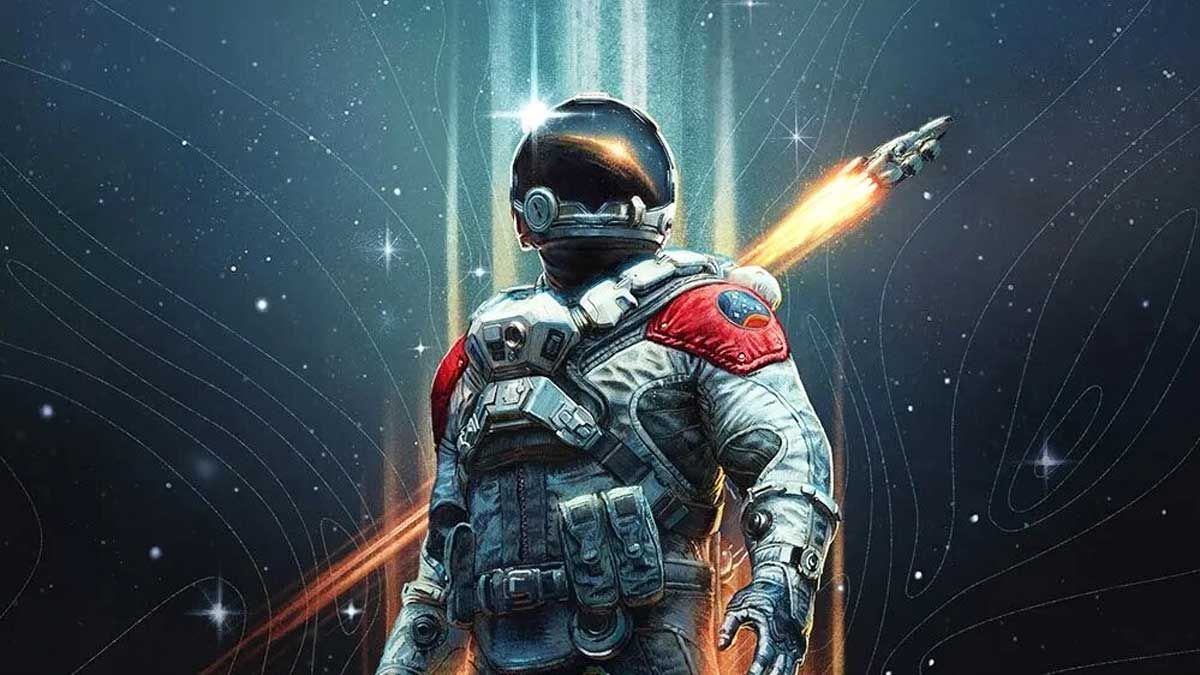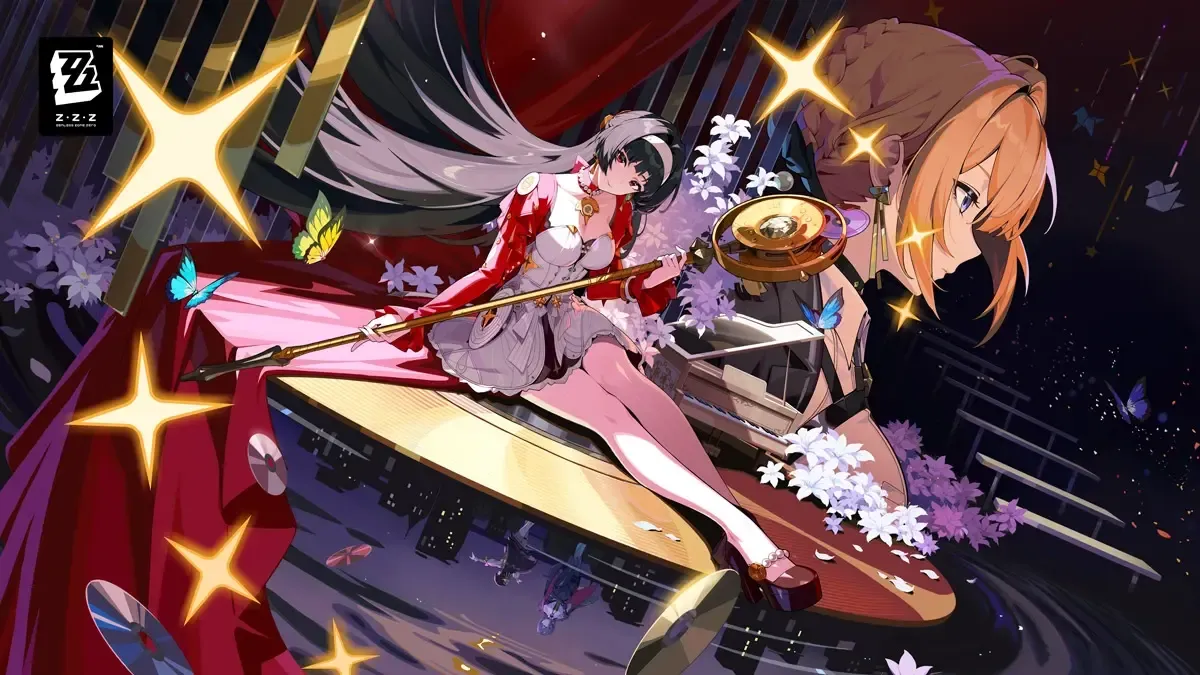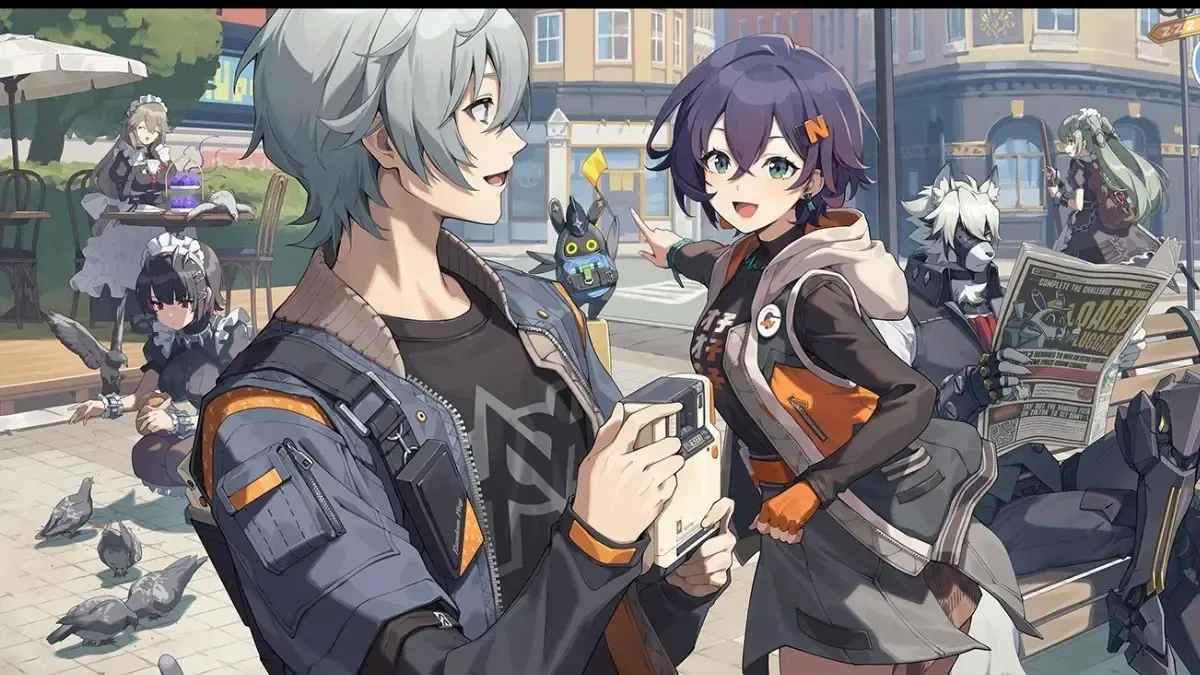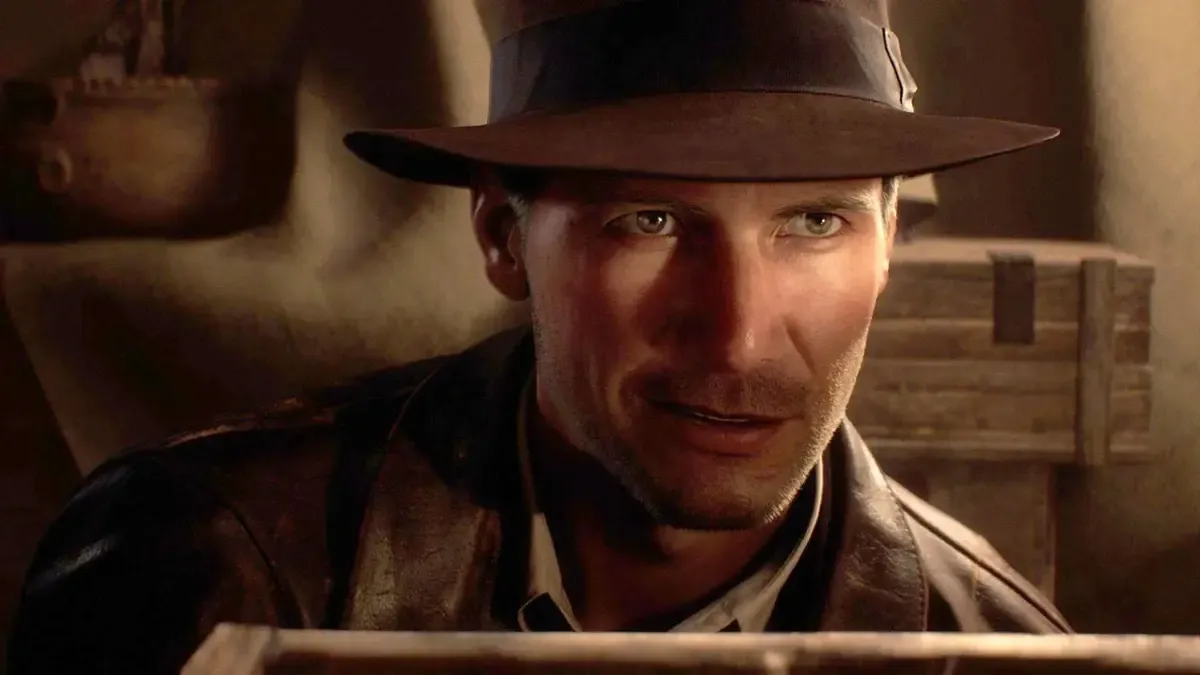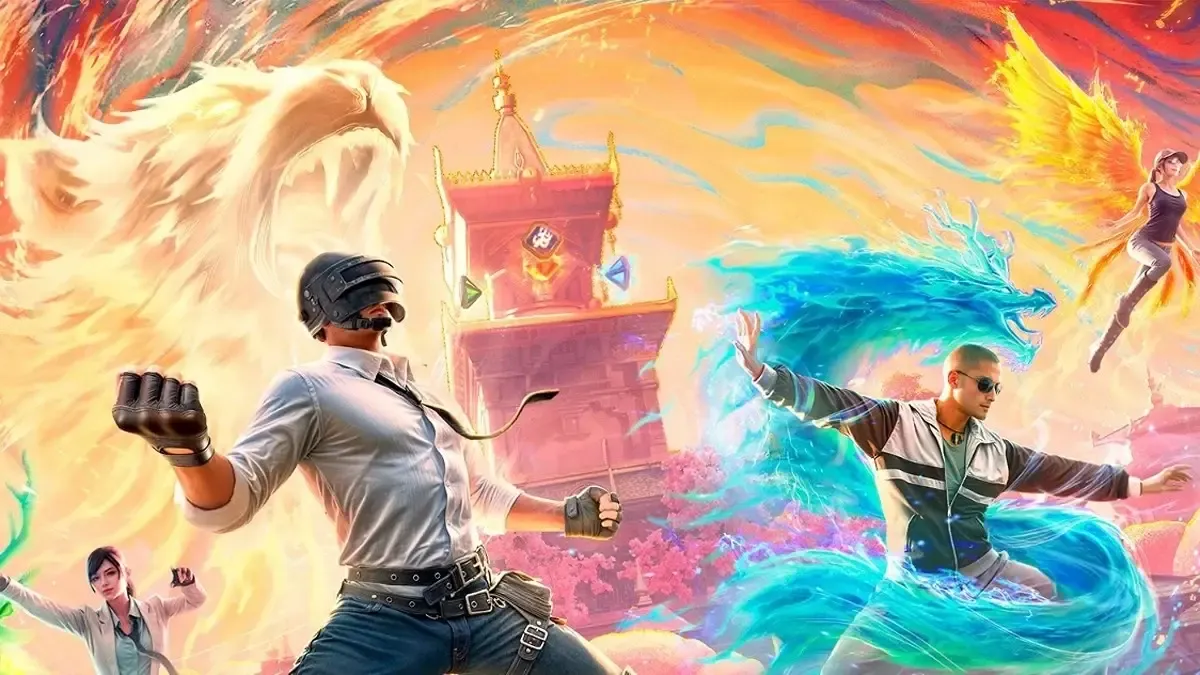Image: Bethesda Game Studios
Bethesda’s new sci-fi open world game promises limitless adventure, but its tedious exploration and lifeless companions leave much to be desired.
Bethesda Game Studios’ latest open world game is a historic one for the developer, being its first new IP in almost 30 years now. The developer has built a hard-earning reputation for churning out iconic RPGs over decades, despite 1994’s The Elder Scrolls: Arena being its last attempt at making something completely new. The studio has since stuck to a largely predictable loop of making Fallout and The Elder Scrolls games one after another.
To say that Starfield is a refreshing change of pace would be an understatement. With this open-world sci-fi RPG, Bethesda boldly goes where it has never gone before: into the darkest depths of space, where it has procedurally generated thousands of planets for players to explore against the backdrop of a campaign centered around themes of discovery and power. The core tenets of a Bethesda game remain on full display for fans of Skyrim and Fallout to see, but the visuals and dialogue choices are a marked upgrade, and the scope of gameplay is now wider than ever before.
Starfield wants to be the most ambitious Bethesda game ever made, but is it the best?
In space, no one can hear you mine for resources

Starfield's campaign does not get off on the right foot. In a puzzling decision to usher the player into the open world as quickly as possible, the story begins with the player-created character starting their first day as a miner. They're told to touch a strange rock, and upon seeing strange visions, immediately trade places with a member of the spacefaring group Constellation. The Constellation member stays behind on the mining planet willingly and gifts them an old ship, a laser cutter, and a robot companion named Vasco to fly off into space with. It’s a clumsy and awkward opening to a story that eventually gets far more interesting, but your place in it never feels earned. What scientific organisation recruits random rock-touching miners without any level of vetting? Why was your old employer so willing to replace you with a member of Constellation she doesn’t even like? Why are you so relaxed about getting shipped off the planet anyway?
The reasons behind this slapdash opener are clear: players tend to dislike buying an open-world game only to sit around in linear exposition-laden sequences for hours on end. They just want to get out there and explore! Red Dead Redemption 2’s snowy opening act is often criticised for this exact reason, though it ends up being critical to understanding the character dynamics and setting that shape its story. Starfield is a game that gets better the more you slow down, just like any other Bethesda RPG. It’s easy to get bored when you’re sticking to the linear main missions, but things open up massively when you start exploring cities, talking to people and travelling to unseen star systems. If Bethesda had more faith that players could enjoy a slow-burn campaign, I might have been able to buy into the stakes of this story more easily.
Thankfully, Bethesda has managed to craft a compelling questline to return to in between your adventures, keeping you on the main path out of sheer intrigue alone. There is a mystery to be unfurled here, and the journey is a lot more interesting than past Bethesda games - though it does drop the ball more than once along the way. While I won’t spoil the main plot, I will say that it eventually splits into two paths. One of these solely consists of incredibly repetitive copy-and-paste missions scattered across tens of planets all over the galaxy. The first of these quests was striking, capturing my interest with an enigmatic setting while furthering the story. The rest were the exact same mission played on repeat for an admittedly worthwhile reward. Thankfully, this branch of the main story is optional. It's just not fun to do the same thing over and over again, and I don't believe for a second that a veteran developer like Bethesda doesn't understand that.
Great campaign, not-so-great companions
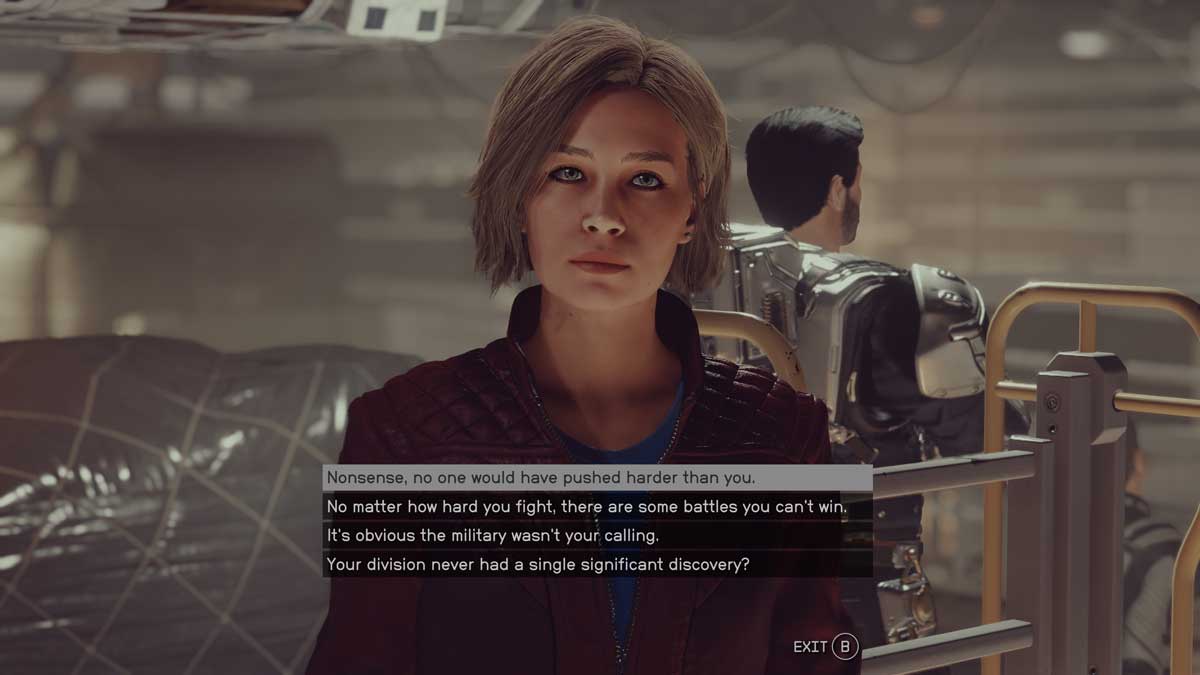
Once you reach Constellation’s home base, you’ll become acquainted with the main companions you can party up with throughout the game. Barrett and Sarah Morgan show up very early on and will thus become many players’ travelling companions throughout the game - but other companions like Andreja are equally as interesting and should be sought out. Sarah is a supportive scientific figure who wants to find the answers to Starfield’s key mysteries, while Andreja is a brooding fish out of water in Constellation with a shadowy past. RPGs like these can live or die based on the strength of their characters, but it’s fortunate that Starfield has much more going for it.
The main cast just isn't that interesting, and developing their bonds takes far too long only for companion events to feel inorganic and predictable. I became so accustomed to Sarah wanting to chat after wiping out a base full of enemies for example, that it felt more like a chore. I might have found Andreja interesting to talk to, but the glassy-eyed, uncanny valley nature of these characters’ faces kept me from emotionally investing in her story. I just don't believe these things are people. All of Starfield’s NPCs, with a few exceptions, tend to look awful: their eyes bulge out of their sockets as you pass by, and their mouths twist into devilish grins or clownish sorrow in misbegotten attempts to draw human emotion. The voice work is generally stellar, however, and the game’s clever writing in its dialogue choices does the heavy lifting during these interactions.

Starfield’s biggest strength lies in its sidequests, which won't be a surprise for fans of Bethesda games. After all, that’s what the studio does best: set up a huge world filled with things to do and let you run amok breaking everything to pieces. The most memorable quests I played in this game will stay with me for some time, and they ended up branching into several different outcomes which made them all the more personal to my journey. One particularly great quest began with me stumbling upon a massive ship hovering over Paradiso, a paradise resort set up for the wealthy, which somehow flowed into a Star Trek-like diplomatic mission between two clashing factions. It felt shockingly long and resource-heavy for a sidequest, and these small dollops of handcrafted content were welcome among the bevvy of fetch quests and outposts I ran into most of the time.
This is not to say that quests like these are terribly rare: Starfield does bring you lots of interesting people to solve problems for, and even if those problems are so simple as flipping a switch in a circuit board, they can often put the player in thought-provoking moral quandaries. Even if the consequences of my decisions often felt anticlimactic, I liked that the game was asking questions I found difficult to answer.
Is exploration worthwhile?

Bethesda’s RPGs tend to attract players who enjoy going off the beaten path to carve out their own stories and to that end, Starfield offers plenty of sandbox opportunities for you to muck around with. Much like No Man’s Sky, there is a focus here on exploring new planets and cataloguing their flora and fauna, which is something you’ll often do while ticking off other sidequests and main missions. Planets are mostly barren wastelands with a few points of interest to investigate, and those can take the form of enemy bases, abandoned facilities or naturally occurring dungeon-like caverns. This is where you get good loot and credits to take into your sidequests and ship building, though this form of exploration is hardly necessary. I found exploring new planets to be only occasionally worthwhile, especially if the rewards these points of interest give you aren’t quite up to par with your needs.
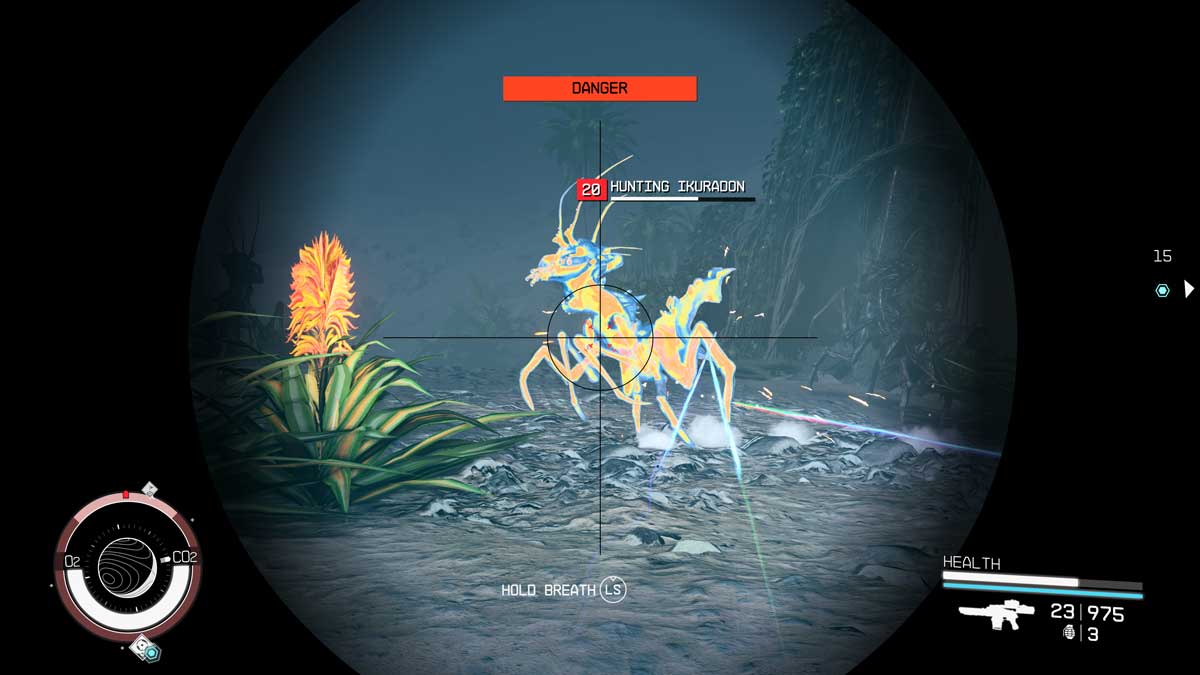
Exploring and scanning new planets will always lead to the discovery of resource deposits such as lead and silver, which you can then mine with your laser cutter. Once you have enough resources, you can build outposts on the planets you really like for return visits, or just to generate even more resources for other things, such as mods for your weapons and spacesuits. This part of the game does wonders for roleplaying, but it lacks depth in its current form. Outposts lack the options of Fallout 4’s settlements which means that they’ll all end up looking the same, and it can be a real pain to collect enough resources to invest in what feels like an inessential part of the game. Your starting inventory’s carry capacity is far too low to engage in these systems in the early game too, and even later on, you’ll need to sacrifice weapons and apparel to carry around 100 kilograms of iron and aluminium.
This loop of exploring new planets and collecting resources only to funnel them into outposts is a largely self-sustaining thing, and very safely ignored if you’d rather be ticking off sidequests and completing other activities. There are other ways to collect resources (you can just buy them from vendors) if you want to mod out your equipment, so the only reason to jump from one planet to the next is to embrace the sheer novelty that you actually can. Ship building is a lot of fun to tinker with, and getting into dogfights in space feels satisfying when you're well-equipped compared to the otherwise limp combat and gunplay you're faced with on land.
Performance and pesky loading screens

Performance-wise, I played Starfield on the Xbox Series X and it largely ran fine. There were noticeable frame drops during combat encounters that I didn’t love, and while I am told that this is Bethesda’s least buggy game, that didn’t translate to a bug-free experience for me personally. The bugs I encountered ranged from funny but harmless (massive railings that fell from the sky in New Atlantis to the ignorance of its populace) to game breaking and annoying (NPCs walking in circles instead of leading me to the next objective, being locked out of quests despite fulfilling their starting conditions, audio cutting out). I got around these problems one way or another, but your mileage may vary.
While loading screens aren’t technically a performance problem in Starfield, they are a significant downer during gameplay. I don’t mind the bugs and frame drops nearly as much as I mind the amount of downtime there is in this game; when you enter buildings and even the odd room, you get a loading screen. When you fast travel between planets, you get a loading screen. When you jump into another star system, you get a loading screen. The loading screens that accompanied every closed door in Fallout 4 were heavily criticised at launch. Still, the problem is only intensified in Starfield owing to how massively spread out all of its points of interest are. You rarely just walk from one place to another or manually fly from one star system to the next to complete a quest. It's faster to get through the loading screen.
I really don’t mind loading screens breaking up interplanetary fast travel, but trying to enter a shop and loading into a separate space isn’t just frustrating - it breaks the immersion this game goes to such great lengths to build. Compounding the issue is Starfield’s well-documented UI woes, which have players flick through pages of menus like a novel just to equip items or eat some cheese. Some of these problems will inevitably get fixed over the next year of development, but it is in these small grievances that the game’s overambition begins to show.
Verdict
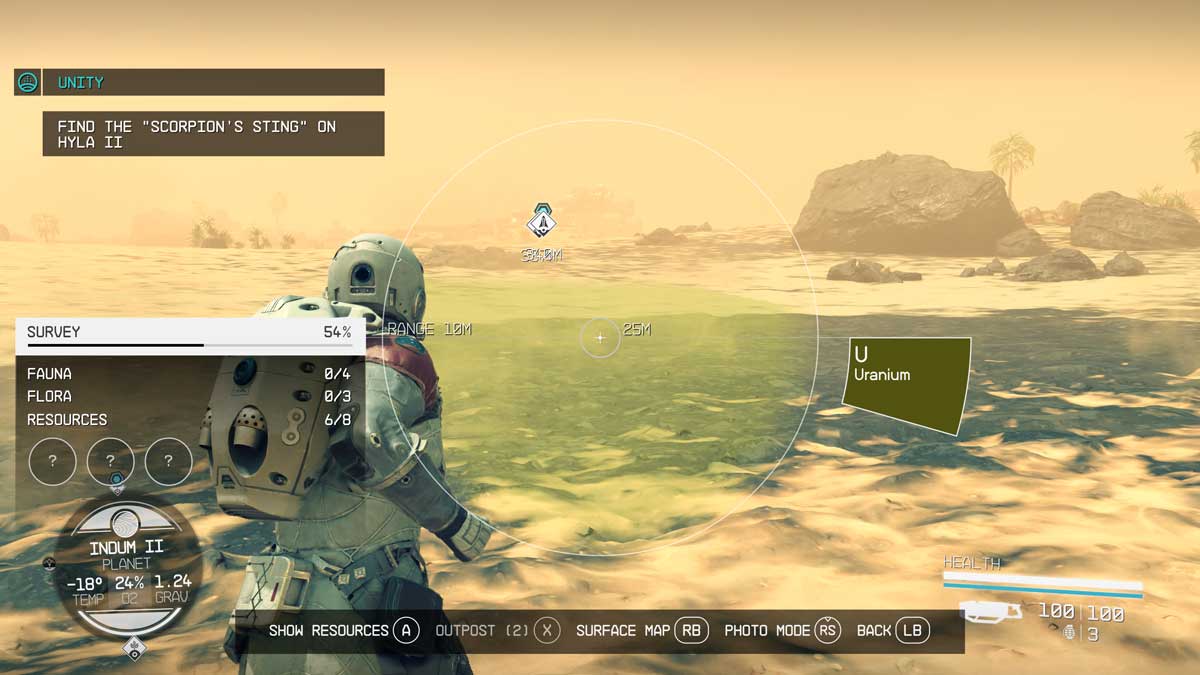
Starfield is a game riddled with problems, but that is par for the course for a company that thrives off creating huge gaming sandboxes with lots of stuff to do. There is something to be said about the quality of this breadth of content: if you want more complex, long-winded sidequests, you can just stick to those. If you prefer to visit new planets on your own hoping to discover something, you probably will. If you want to pursue a specific skill and loot build, you can spend tens of hours doing just that and leave just as satisfied as the next player.
The kind of sci-fi Bethesda is playing with here feels very different from Fallout’s androids and Vault-Tec experiments. The galaxy is young and ripe for the taking, and the game is keen on exploring what that sort of future for humanity might entail through its settlements and questlines. The story campaign takes a rather unexpected turn that ultimately makes it more memorable than Fallout 4’s meagre plot, despite the soulless nature of its main cast. What players will likely remember most fondly is building their first ship and taking it into the stars, getting into random encounters and stumbling upon strange locations in distant star systems. There are a lot of things this game does right, at the cost of many little annoyances that impact moment-to-moment gameplay.
If you’re looking for a good open-world sci-fi RPG, you really can’t go wrong with Starfield. It’s a frustrating game for a myriad of reasons, but it’s difficult to not be drawn in by its tantalising fantasy of space exploration and the sheer scale of its world. Building and flying ships feels amazing, and how can one not feel giddy when visiting the moon for the first time? It’s just unfortunate that you have to jump through so many hoops to enjoy this game - from the dated NPCs and all-too-frequent loading screens to the shallow outpost system and repetitive quests - but there is something to love here, should you be willing to haul out the ol’ laser cutter and mine for it.
Review code provided by Xbox.

